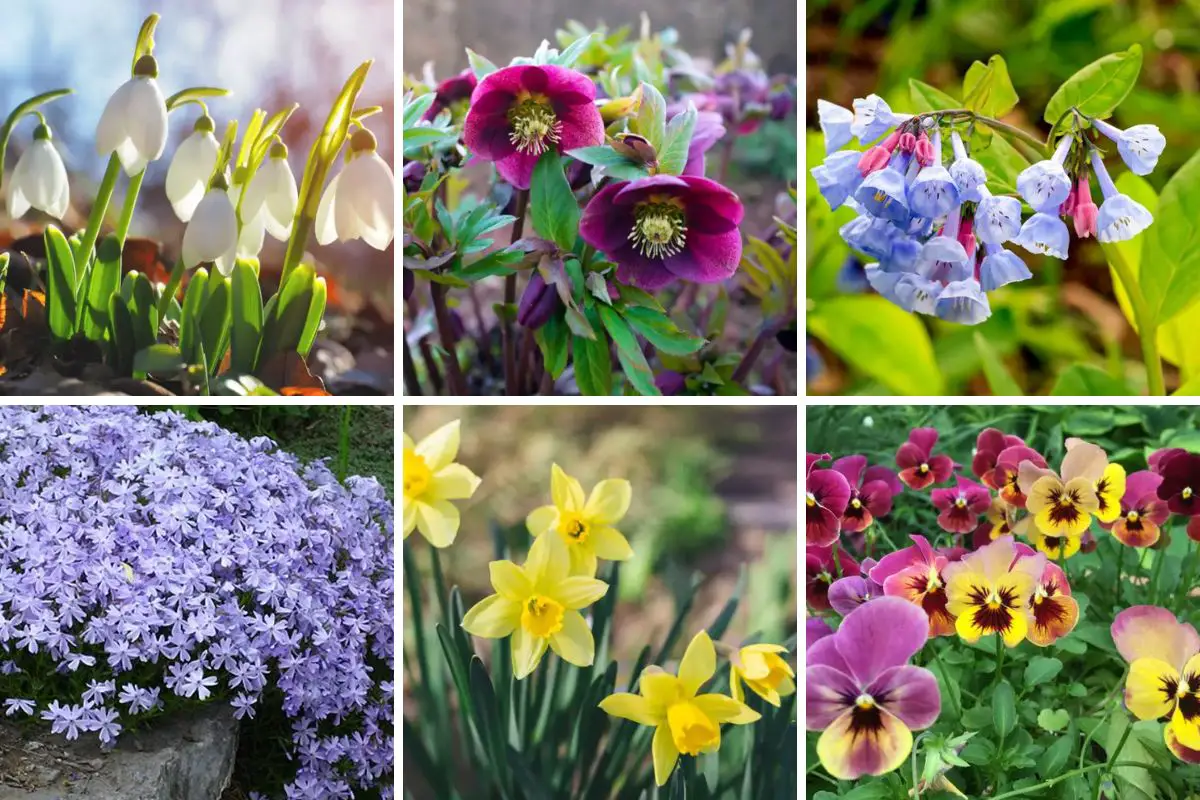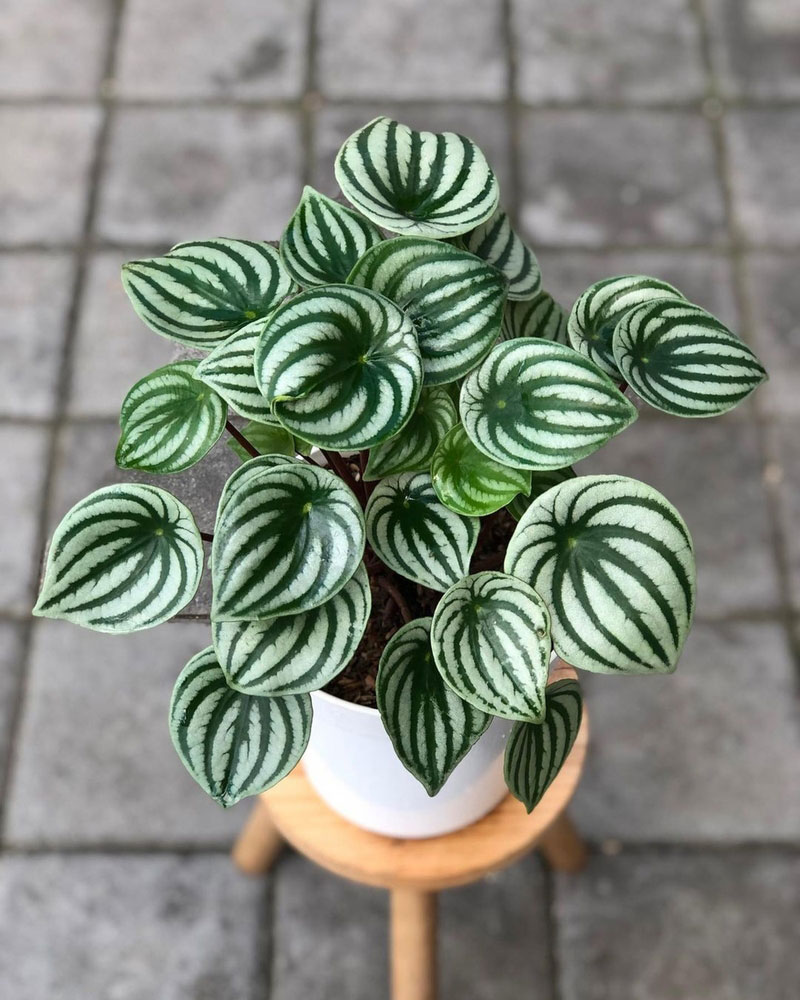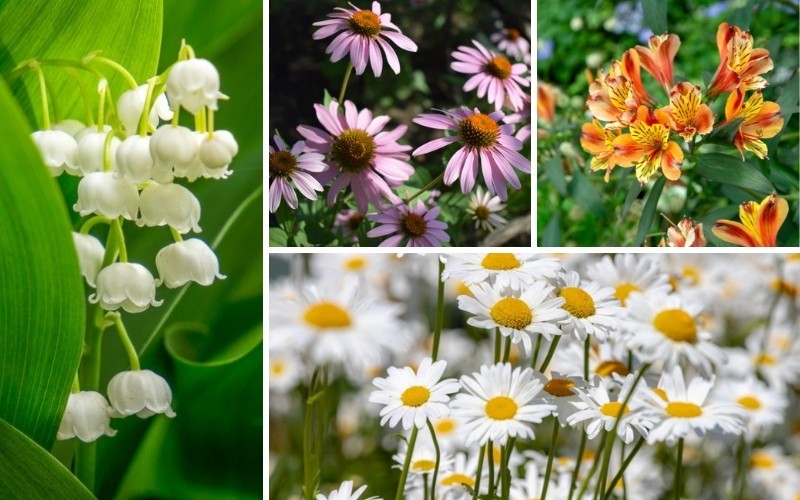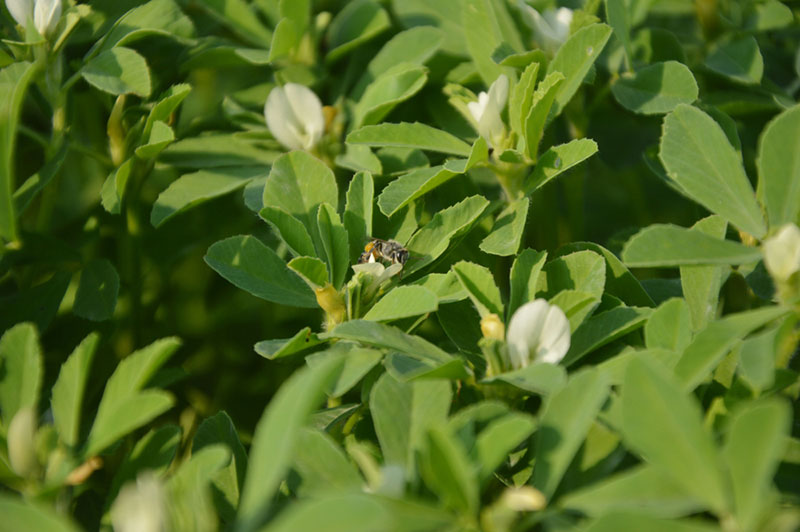
Fenugreek is a unique plant that has quite a bit of purpose. It is used as medicine and to increase your culinary experience. It is a straightforward plant to grow, and it will only grow to be about six inches tall when it’s fully mature.
Caring for Fenugreek
This plant is not difficult to care for, but since it is not a common plant that you see in most gardens, here are some growing tips that you can follow.
Growing Zones – This is a plant that can grow in all zones in the country during the summer. Because fenugreek is a plant that does best in warmer climates, it will thrive in USDA hardiness zones nine to 11.
Soil Requirements – Though this is a plant that is not particular about the type of soil that it grows in, it does prefer to grow in soil that is slightly alkaline. This means that the pH levels of the soil should be between 6.5 and eight.
Light Requirements – This is a plant that will grow best in full sun conditions, but it will also do well with some afternoon shade. In general, the fenugreek should be provided with at least four to five hours of sunlight a day. If you are living in a colder climate, it may be better to give the plant more sun so that it can continue to grow. In addition to the light that the plant receives, it will need to grow in a certain temperature; in fact, this is a plant that prefers the air around it to be about 50 to 90 degrees Fahrenheit, which is ideal for most growing zones that it thrives in.
Water Requirements – This is a plant that will require you to water it quite often, especially if it is growing in an area where it gets a lot of sun. You will want to keep the soil moist for the plant to do well, but overwatering it should be avoided because this can hinder the growth of the plant and even cause it to die.
Feeding Requirements – This is a plant that can grow without the use of fertilizer. When the seeds are planted, you can add a bit of fertilizer to the soil so that it helps the plant start its growth. For a more robust growth, the fenugreek should get a liquid fertilizer that is well-balanced in nutrients.
Harvesting Fenugreek
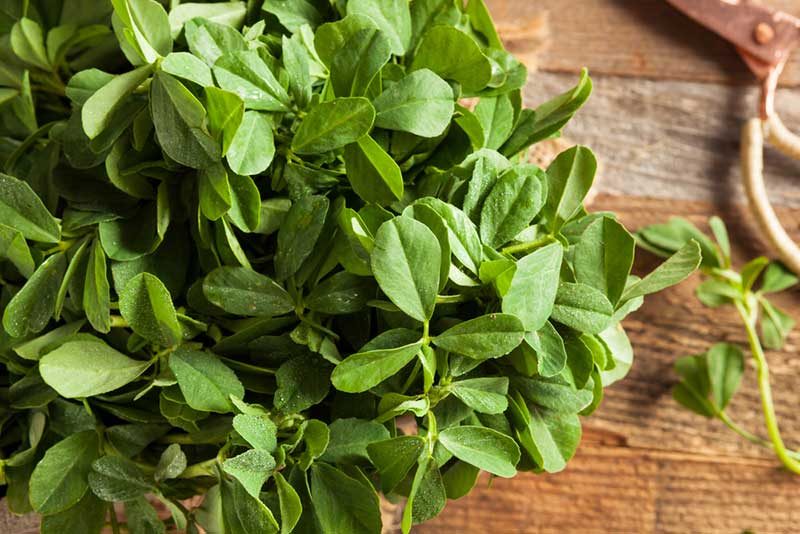
Since this is an edible plant that you can grow in your garden, you are going to need to know when the best time to harvest it will be. In general, when growing conditions are favorable, the first time that you will want to harvest the plant will be within the first 20 to 30 days. To do this, you will need to trim the fenugreek’s leaves and either eat it fresh or dry it to use as an herb. Do not do anything with the twigs because the leaves will regrow on the plant in about 15 days or so. You will be able to harvest the leaves about four or five times during the growing season. When the leaves stop growing, which will be a period of about two to four months, you will be able to harvest the seeds to use as well.
Fenugreek Uses
This is a plant that can be used for a lot of things. The seeds of the plant are a spice that can be used to season food, and the leaves can either be used dried as an herb or made as a leafy green vegetable. It is a slightly bitter green, but it will take quite good to most, especially if you enjoy the bitter taste of mustard greens. The seeds are often found in salads, and the plant is seen most commonly in Indian, Persian, and Ethiopian food.
Growing Fenugreek in Containers
Since this is a plant that tends to grow in warmer climates, you may want to grow it indoors so that you can have access to the leaves for a more extended period. To do this, the plant will need to grow in a container. Smaller containers are best because the plant has a shallow root system, but you will also want to make sure that it grows in a well-draining container. You will want the seeds to be spread in the container with about an inch between each one.
Pests and Diseases
When it comes to pests and diseases that can affect this plant, there are not very many that you will want to be concerned with, but there are a few issues that you will want to consider in case they happen to your plant. Some of the pests and diseases that you will want to look for include:
Aphids – This is a very tiny insect that can typically be found on the stems and the leaves of the plant. They are brown or yellow in color, and when they eat the foliage, the plant is unable to grow like it should, which will stunt the growth of the plant. In general, the first sign that aphids are a problem is that the plant has a sticky substance on it, which, if left untreated, it can kill the plant.
Powdery Mildew – This is a powdery white substance that can be found on the leaves of the plant. This can be seen when the plants are grown too close together, and so make sure to space them out adequately when they are put into the ground.
Cercospora Leaf Spots – This is something that will look like sunken in spots on the leaves. The spots will be discolored, but for a plant to become infected, the seeds must already be infected.
Root Rot – This is a condition that plants often suffer when they are receiving too much water. When the plant sets in still water, the roots will not be able to adapt, which will cause them to effectively begin to rot.

